Merrily We Roll Along starts in 1976, at a party held by big-shot Hollywood producer Franklin Shepard, who is surrounded by stars (not least his second wife, a veteran Broadway siren, and his young lover, the nubile leading actress of his latest hit movie).
It ends in 1957, with stars of a different kind: constellations in an inky sky that provoke awe and inspiration for a younger, more naive Frank, as he sits on a rooftop with friends Mary and Charlie, dreaming about their future.
The juxtaposition — of celestial bodies with shiny, obnoxious celebrity — helps to frame this musical about the loss of innocence. Or, rather, about the recollection of innocence, as the action hurtles backwards: from Frank as a jaundiced, rich, success-hungry man in middle age to his eager-to-please younger self, when he is an aspiring composer, a purist who hasn’t yet sacrificed his art and morals.
In 1981, when Merrily We Roll Along premiered, it was a woeful misfire: it closed after just sixteen performances following opening night, leading its author Stephen Sondheim to terminate his partnership with director Hal Prince. It has since had multiple revivals, none of which have quite managed to make sense of George Furth’s complicated book. Until now.
Director Maria Friedman has harnessed revelatory performances from her three leads — Jonathan Groff as Frank, Daniel Radcliffe as Charlie, and Lindsay Mendez as Mary — to create a theatrical masterpiece. The action, which was muddled in past renditions, is crystalline here. Frank, playwright Charlie and author Mary are each other’s most devoted cheerleaders, trying to make it creatively in a competitive world. But over the years, Frank’s fame and fervid resolve to advance destabilizes their friendship, leading to heartbreak, hard feelings, and, finally, the dramatic disintegration of the trio.
The morality, however, is complex: in this revival, Frank is no monster, but a flawed man who struggles to balance commercial success with friendship and family.
Frank loses not only himself, but those close to him. He commits adultery twice: once cheating on his sweet, supportive first wife Beth (a gawky, lovable Katie Rose Clarke) and again on his second wife Gussie (the powerful Krystal Joy Brown), whose radiant confidence hides a needy interior. But it is Frank’s relationship with Charlie and Mary, which spans decades before it unravels, that contains the true tragedy of the musical.
It is rare to see theater that so fully excavates the pain of losing a friend. In this production, Mary and Charlie aren’t blameless either. Mary never tries to move on from her unrequited love for Frank and, as the years pass, descends into alcoholic bitterness. Charlie is dogmatic as the lyricist Frank collaborates with, so much so that he resents Frank’s forays into more mercenary art and his resentment spills out in a live televised interview. Radcliffe is a primal force of neurotic furious anger and haughty condescension as he sings, almost spits, the song “Franklin Shepard, Inc.” during his meltdown, before immediately regretting his loss of control.
We feel for Mary and Charlie, who keep trying to remind Frank that he should be concentrating on his true talent: music. But we also feel for Frank, who wants to expand and spread his wings. “Why is it old friends/ Don’t want old friends to change?/ Every road has a turning/ That’s the way you keep learning,” he implores in “Growing Up,” before admitting that he is not only dismissing his friend’s concerns, but his own: “Making choices/ Ignoring all/ Other voices/ Including mine.”
Groff, who played George III in the original Hamilton, communicates a smooth sheen as older Frank and a wide-eyed enthusiasm as the younger Frank; both draw people to him like moths. The world seems to circulate around him, too: Soutra Gilmour’s brilliant set design of his minimal mid-century Los
Angeles home — replete with luxe polished wood and lush plants — moves to an apartment with views over the Manhattan skyline, the street outside a courthouse, a recording studio and more, with the addition of a few props: a piano here, a suitcase there.
The cleverest design feature is a window, which looks outward — toward the stars or skyscrapers. But it is also a way for others to look inwards, peering at Frank and his often questionable decisions, as Charlie and Mary do when Gussie visits while she is still married to someone else. Gilmour does the costumes, too, placing Frank firmly center stage: while everyone else’s clothes change with the decades, tumbling back through the Seventies, Sixties, Fifties, Frank remains steady in black suit pants and a crisp white shirt, as if we are receding through his memory.
If Frank is measuring up the past two decades of his life — as this production suggests — he doesn’t flinch from the pain that he has caused or received. There’s his young son, torn crying away from his father outside the courtroom where Frank and Beth’s bitter divorce is playing out for the tabloids. There’s Beth’s plaintive cry “Not a Day Goes By,” where she reflects on his continued presence in her life, and the cost of his celebrity.
Frank’s adultery isn’t just a sexual transgression, but something more: his tendency is to be blinded by stardom and shiny objects, and thus to pollute the things around him with his ambition. He starts with a giddy passion for music and ends with power, money, access to beautiful women and self-loathing. But there’s something else at play, here, too: that Merrily We Roll Along contains some essential truth or conflict for Sondheim himself. How do you make good art and also good money?
The irony is that Sondheim, who died in 2021, apparently failed to do either with Merrily We Roll Along. And yet Friedman has breathed new artistic life into the musical, while also creating a smash Broadway hit. She has teased out the competing forces that shape Merrily: hope and contamination, innocence and cynicism, and mixed them with pathos and humor.
In the end she leaves us wanting more. The musical’s backwards trajectory ends with a strange sensation: it leaves the audience on a high, with the optimistic anthem to youth “Our Time.” As in Eternal Sunshine of the Spotless Mind, the viewer has a feeling — watching those three new friends sway on a rooftop — that they’d do it all again, no matter how the story panned out, or how bitter the betrayals and sour the disappointment. The stars continue to shine.
Merrily We Roll Along plays at the Hudson Theatre until July 7. This article was originally published in The Spectator’s April 2024 World edition.



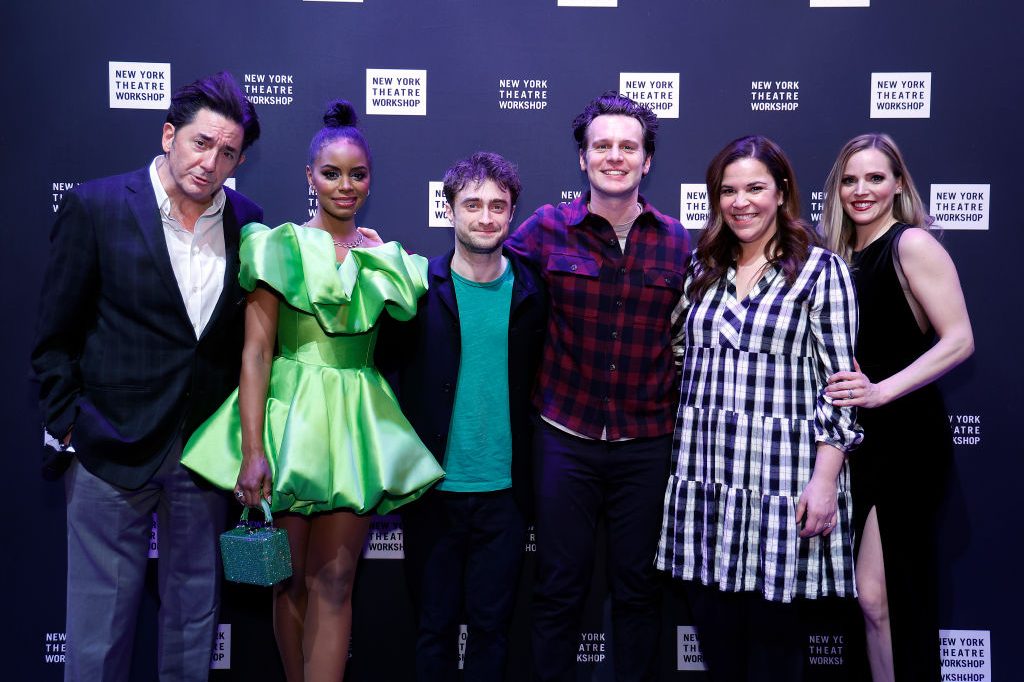


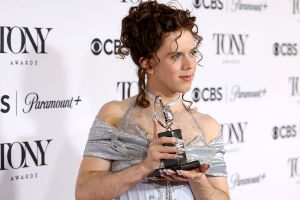

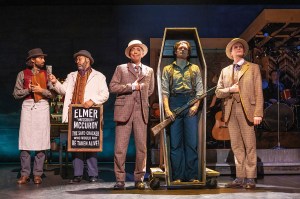

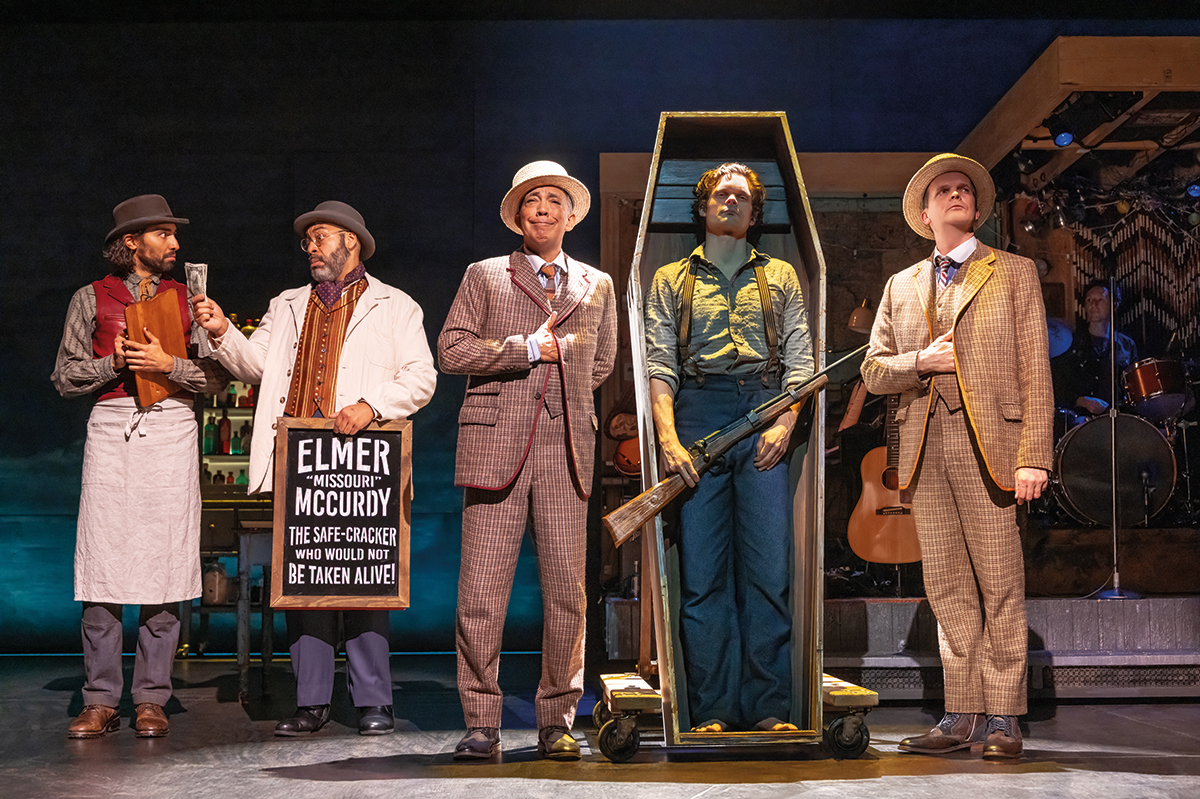
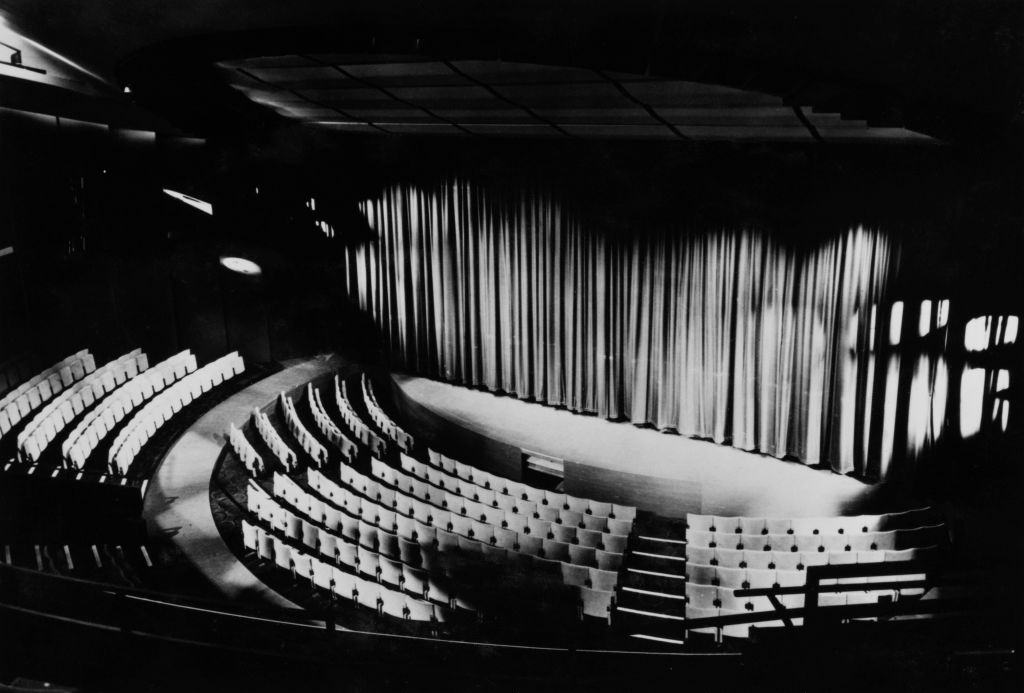
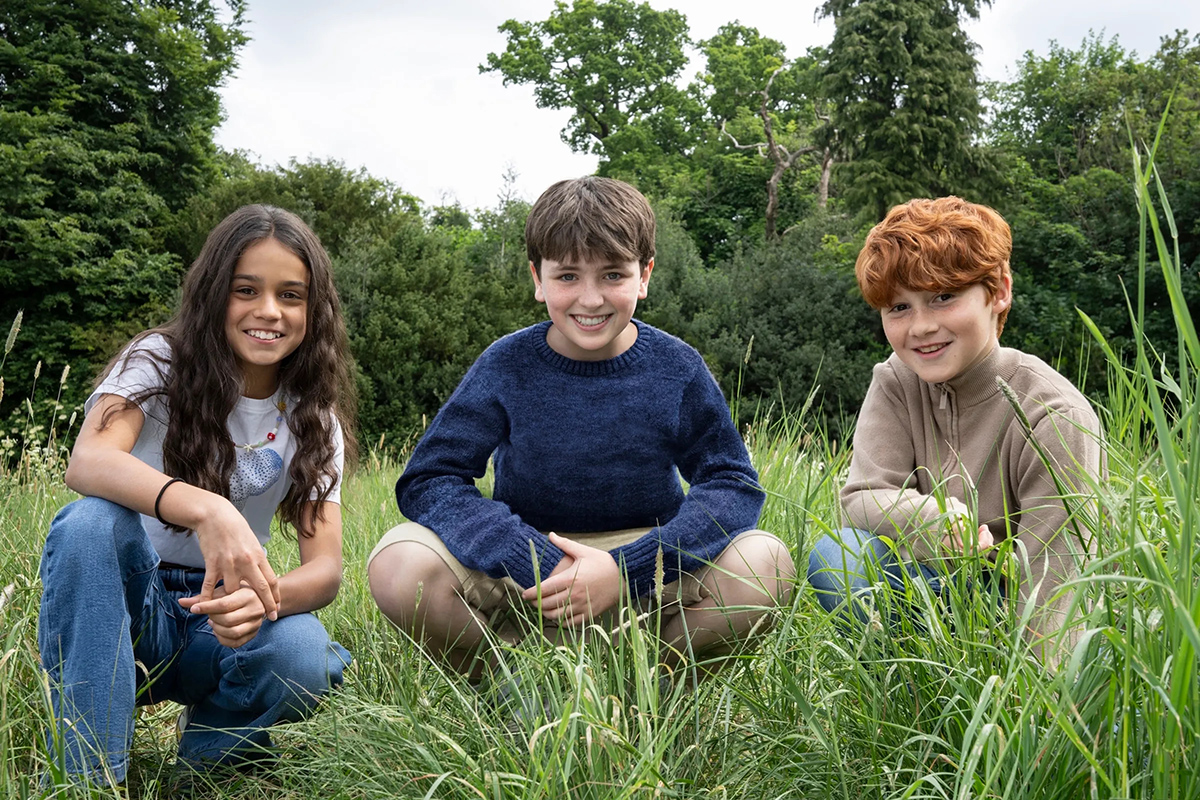
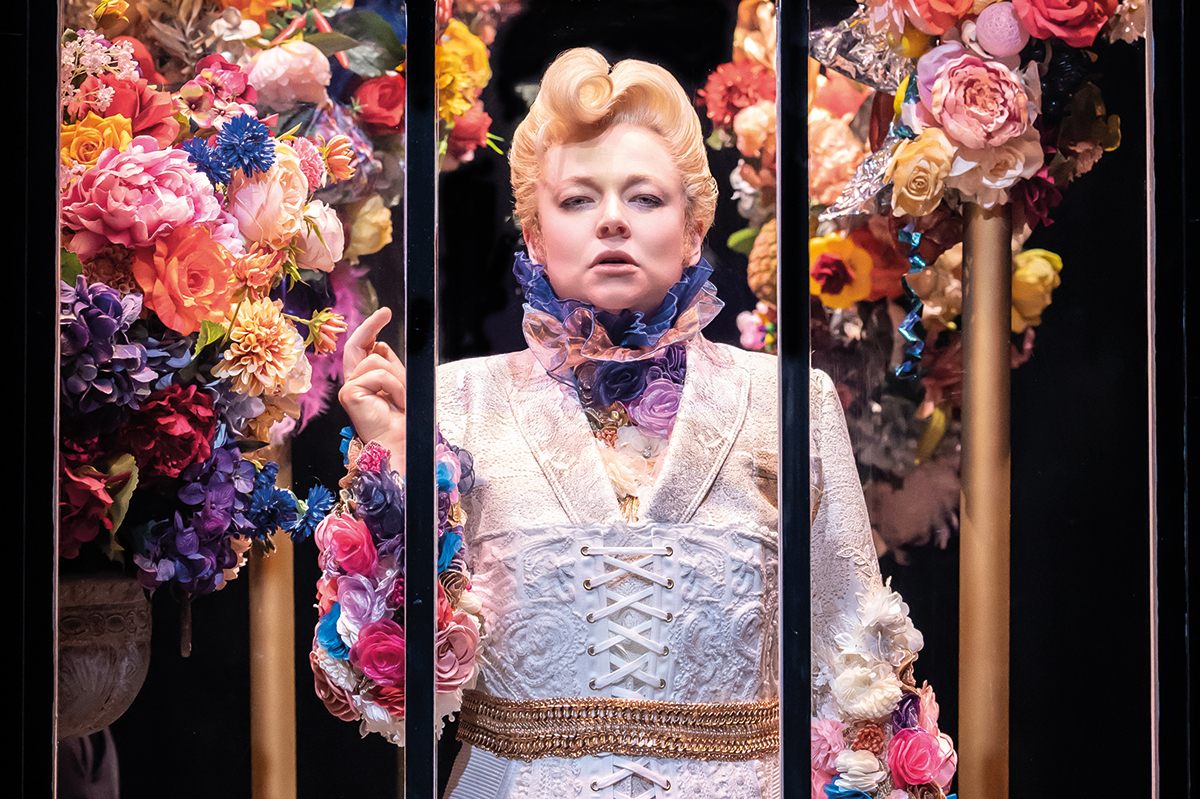
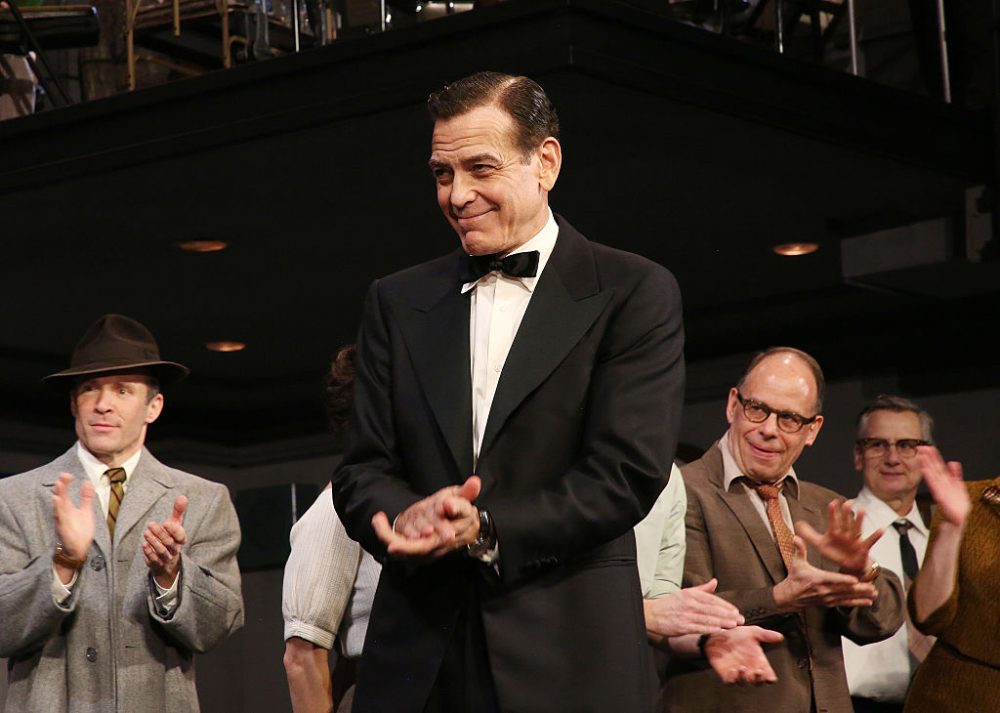







Leave a Reply